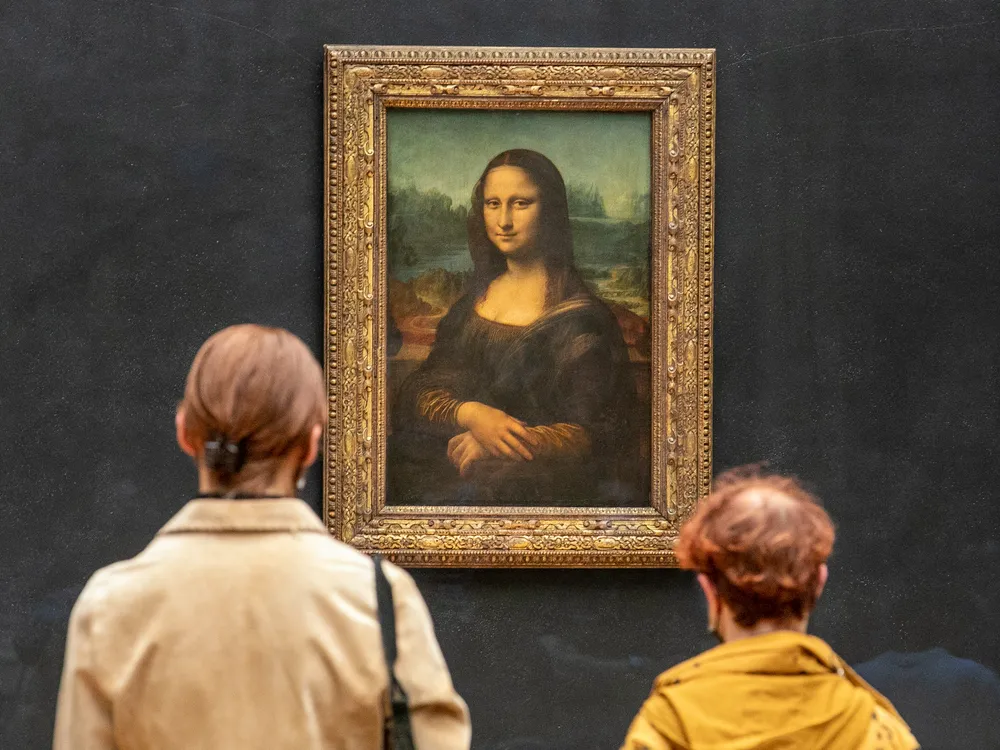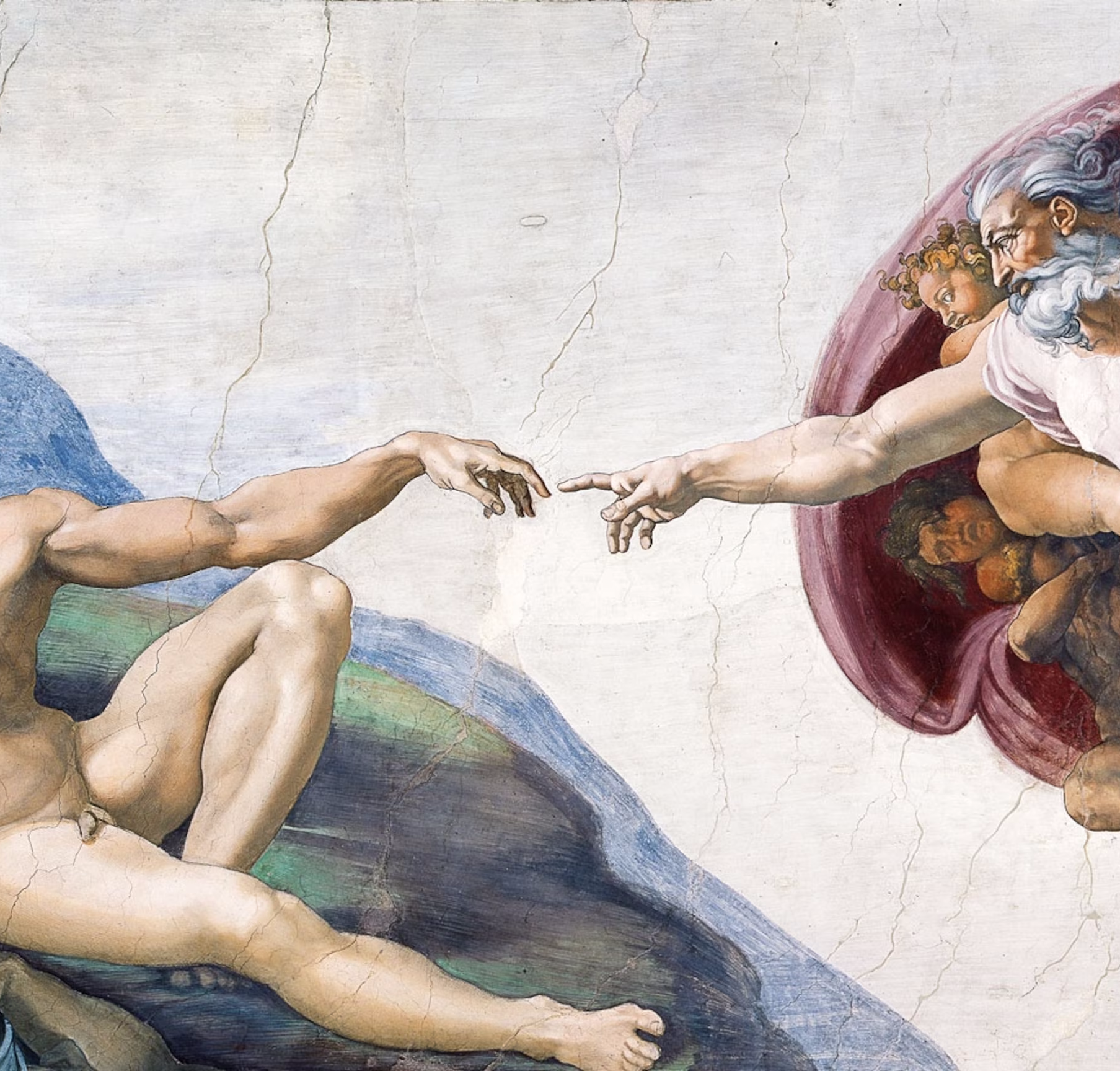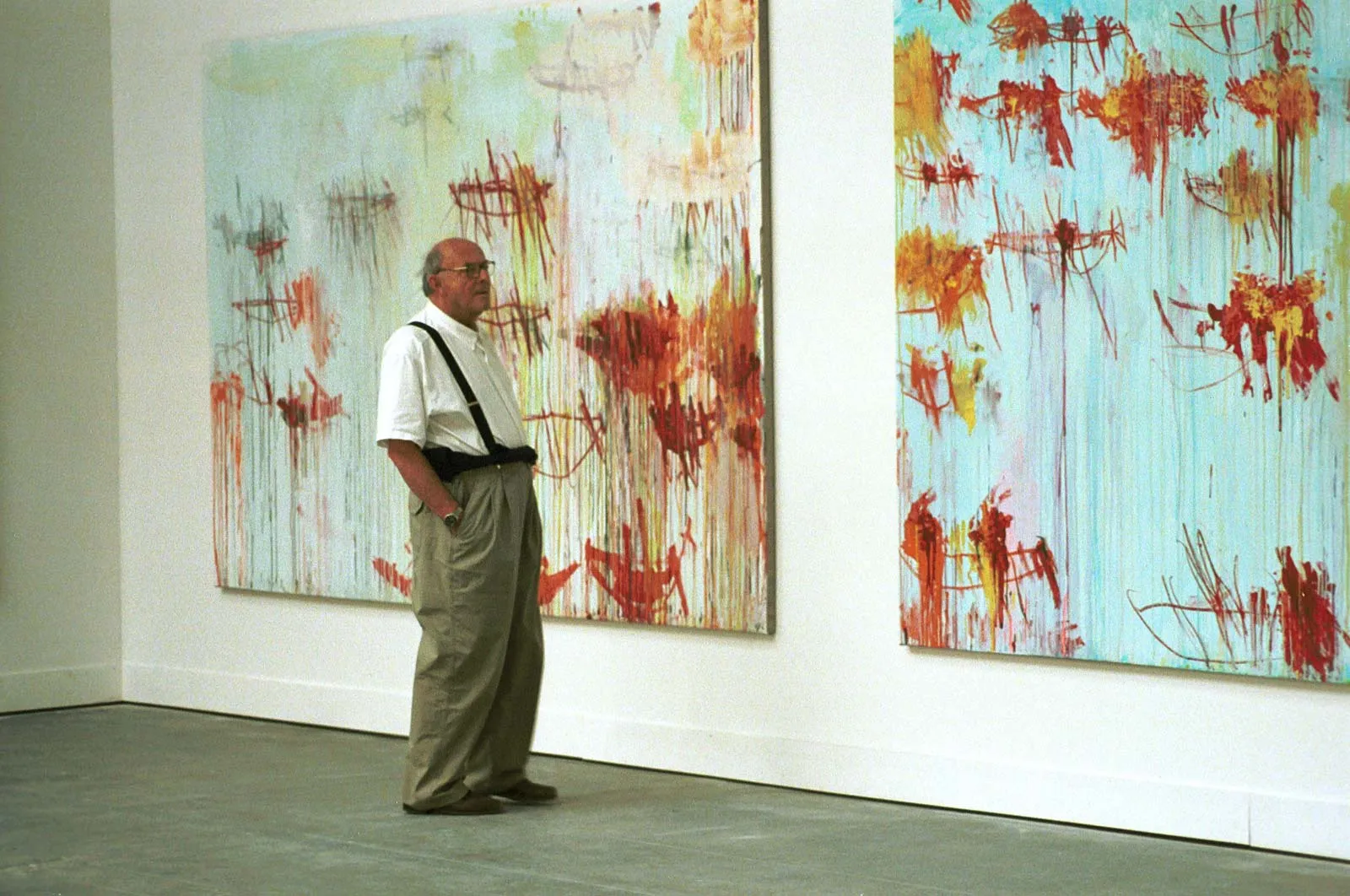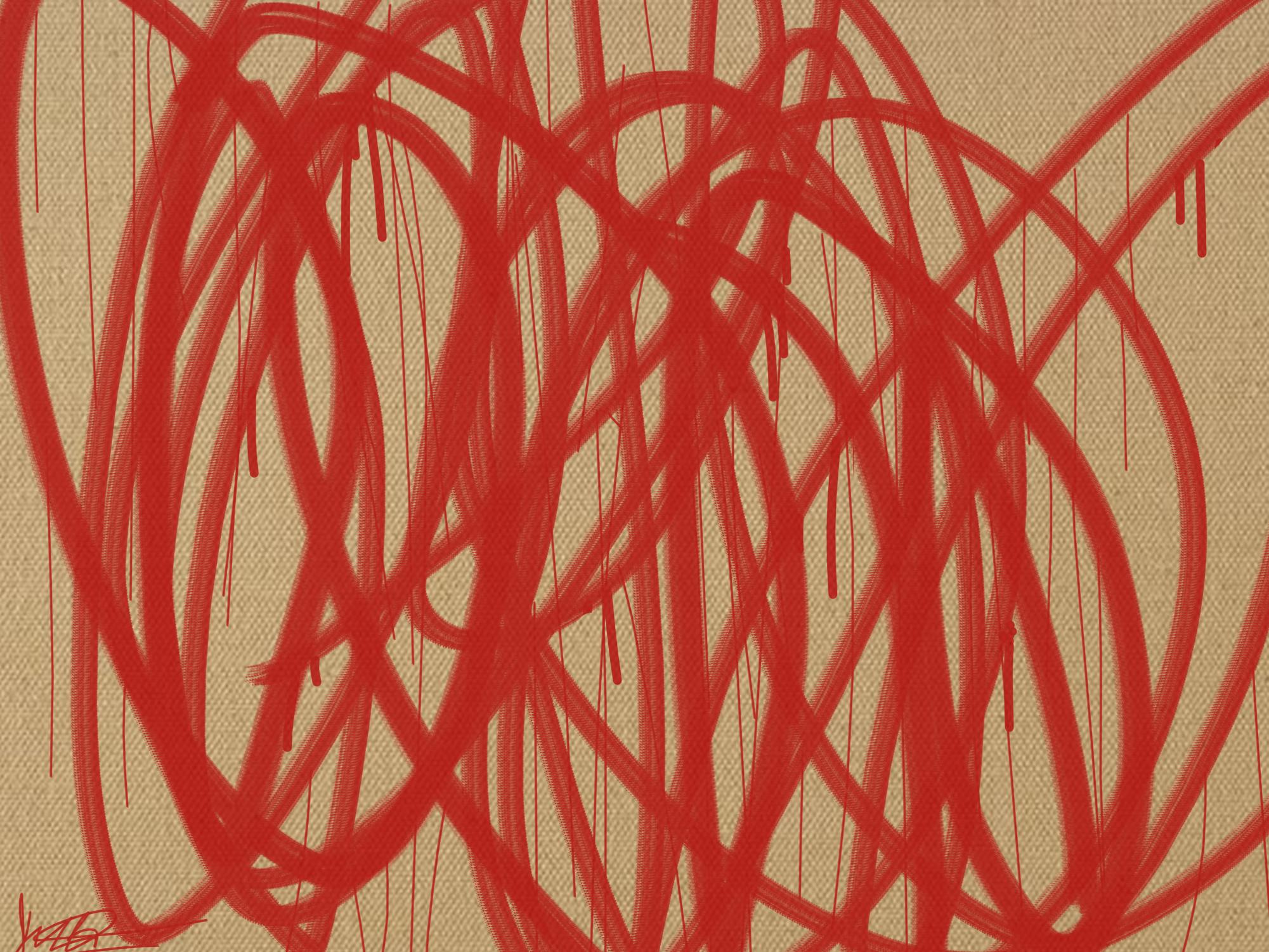Art has many different definitions. Paintings with technique in every brushstroke are regarded as art, but so are the scribbles made by a three-year-old that’s hanging on the fridge.
Art has been around for over 45,000 years, ranging from ancient drawings in ochre of pigs on cave walls to elaborate Renaissance paintings of religious figures. With periods that range from the fluid and pastel paintings of the Rococo period to the rigid blocks of cubism, it seems as though we have covered almost every corner of the easel.
Now in this new generation, certain works that people regard now as “modern” have pushed the boundaries of what classifies as art, producing meaningless, often boring, outcomes.
Although it can be argued that it’s not about the skill required, but the creativity behind the work that really matters, it’s disheartening to see such meaningless art earn the same respect as a Raphael or a Monet.
Let’s put two and two together.
In New York City’s Metropolitan Museum of Art, with its vast fields of beautiful paintings that have captured the breaths of millions of people, there hangs a less than impressive piece of Cy Twombly’s red line scribbles.
Appropriately named “Untitled I,” this work is a perfect example of respected artworks that really hold no depth at all. The painting consists of a beige background and scribbled red circle marks that resemble the style of a kindergartner who got ahold of a red crayon and later used it to create a “masterpiece” all over the side of the crib.
Each piece of art needs to have some inherent sense of skill that is apparent on its surface. There should be some indication that thought was put into the work, unlike the doings of a person who could have been locked in an asylum with a bucket of paint. The artist themselves should not have to give meaning to the art, but instead allow the piece to stand on its own.
Seeing artists like Cy Twombly gain so much success piques my curiosity – is his work revered because of the talent, or because wealthy society has deemed it so worthy?
Similarly to how the U.S. dollar is no longer backed by gold, art is no longer backed by meaning. In a consumerist society, trends seem to come and go which makes it harder for an artist to be unique. Artworks in the modern day seem like desperate attempts to gain the attention of the general public, or even ploys to make money.
A case study shown in New York City perfectly exemplifies this phenomenon. Famous artist Banksy put several different artworks on display in the busy streets of New York, mimicking the stands of street vendors, and sold his spray paint art for $60.
Thousands of people walked by, disinterested in the black spray paint and white cardboard display. If they had known that Banksy’s pieces go for millions of dollars, their reaction would’ve been different. This shows that art is inherently based on factors other than the quality of the work, such as the artist’s name attached to it and the market value, and our judgment based on what is attractive is swayed by the media and elite society.








